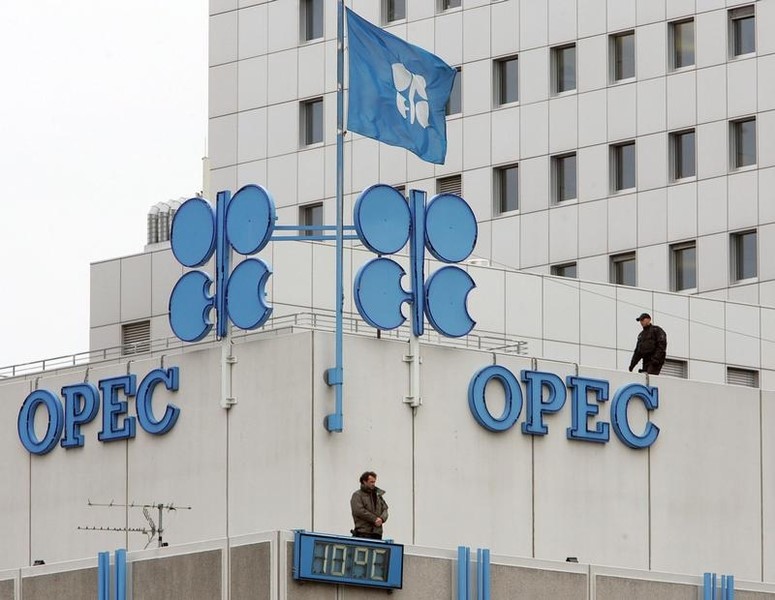By Ambar Warrick
Investing.com-- Oil prices trimmed recent losses on Tuesday after the OPEC raised its medium to long term demand forecasts and said it stood ready to help stabilize prices if markets required it.
Still, crude prices remained under pressure from concerns over new COVID headwinds in major importer China. Traders also held off from making large bets ahead of a series of major central bank decisions this week.
The Organization of Petroleum Exporting Countries (OPEC) said in its 2022 World Oil Outlook that demand will be higher than initially expected in the medium to long term, and will likely plateau by only 2045. The view contrasts a broader consensus that global oil demand will plateau by 2030 amid a transition away from fossil fuels.
Brent oil futures rose 0.4% in early Asian trade to $92.88 a barrel, while West Texas Intermediate crude futures were flat around $86.44 a barrel, with both contracts pausing two straight sessions of losses.
Also benefiting crude prices were assurances from OPEC members that the cartel stands ready to support prices. This comes after the organization announced a 2 million barrel per day supply cut in October, which sparked a nearly month-long rally in prices.
Focus now turns to a series of upcoming central bank decisions on interest rates this week, as markets fear potential demand destruction from rising interest rates.
The Reserve Bank of Australia is the first to meet this week, and is set to hike interest rates by at least 25 basis points (bps) later on Tuesday.
The conclusion of a Federal Reserve meeting on Wednesday is the biggest event of the week. The central bank is widely expected to hike interest rates by 75 bps, although markets are holding out for potential signals on when the Fed plans to soften its hawkish stance.
The Bank of England is also set to hike interest rates by 75 bps on Thursday, as it moves to navigate the UK economy through surging inflation.
Weaker-than-expected Chinese manufacturing data saw crude mark a sluggish start to the week, as did news of new COVID lockdown measures in China’s industrial hubs.
The country’s zero-COVID policy ground local economic activity to a halt and severely crimped its appetite for oil.
Data that showed U.S. oil production rose more than expected also rattled crude markets with the possibility that supply will not be as tight as initially expected in the remainder of the year.
